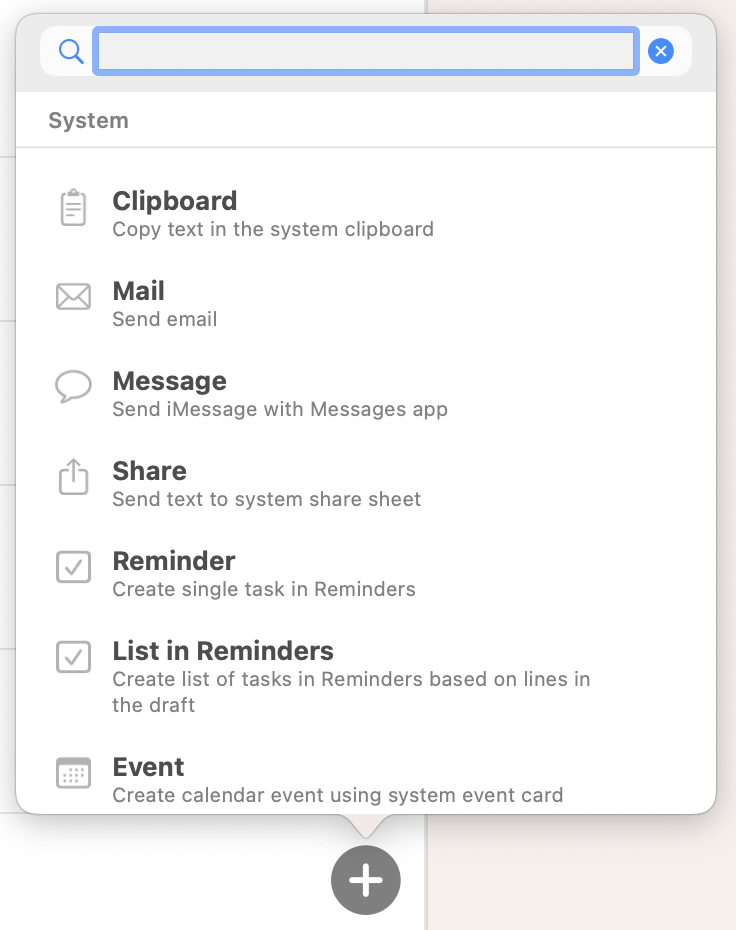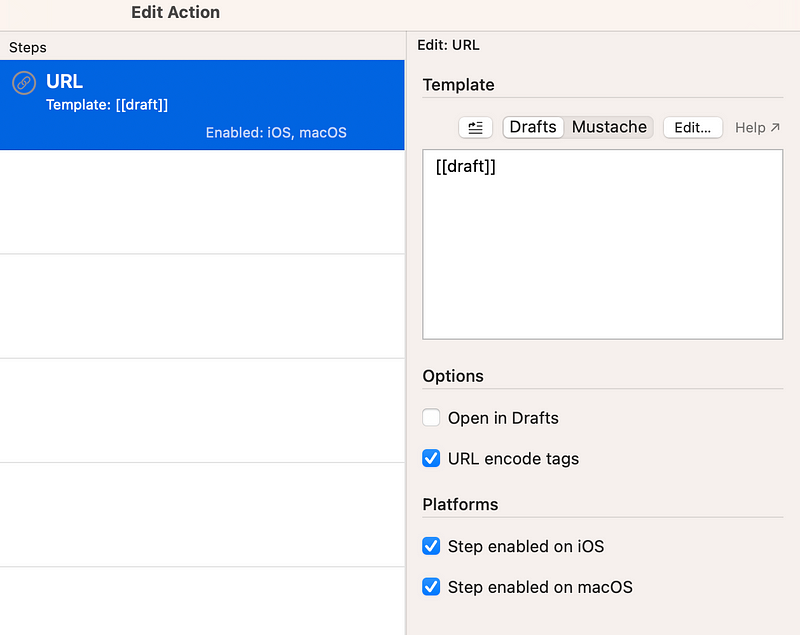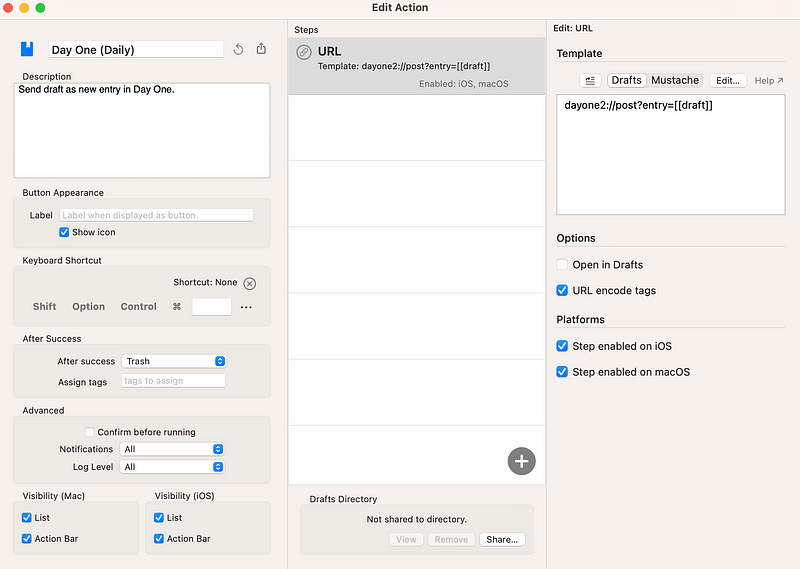# Effortlessly Automate Your Journal with Drafts
Written on
Chapter 1: My Journaling Journey
For more than two and a half years, I have been consistently maintaining a daily journal. As of this writing, I have completed 984 entries. This practice has transformed into a daily ritual that I find crucial for mental clarity. I also encourage my children to journal, as expressing emotions can be a therapeutic outlet. Although journaling may not resolve issues, reflecting on past entries allows me to appreciate how much has changed over time.
In addition to my thoughts, I document my daily activities, creating a reservoir of memories for the future.

Chapter 1.1: Day One as My Chosen App
To record my thoughts and images, I use Day One. Occasionally, I capture audio snippets, like the sound of waves at the beach, which never fails to bring a smile to my face. Day One offers numerous features that enhance the journaling experience, and while the basic version is free, a Premium subscription unlocks even more functionalities.
Chapter 1.2: Introducing Drafts
This article focuses on how I automate my journal entries using Drafts. I have discussed this app multiple times, as it serves as my primary tool for capturing ideas before deciding where they belong. Dubbed the "Swiss Army knife of text," Drafts is available exclusively on iOS and MacOS. Rather than delving into all its settings, I encourage you to explore its versatility firsthand, or refer to my previous article for insights.
The video titled "Building a Journal System in Drafts (feat. David Sparks)" showcases how to set up an efficient journaling system using Drafts.
Chapter 2: Streamlining Your Workflow
Launching the Drafts app is incredibly fast, presenting a blank canvas ready for your thoughts. After I jot down my daily reflections, I activate an Action that seamlessly opens Day One and fills in the text.
Section 2.1: Creating an Action
Here's how to set up that Action in Drafts. Start by clicking the ‘+’ button in the right-hand column to create a New Action.

In the Steps column, click on ‘+’ to reveal a dialogue box showcasing the various actions you can automate for your notes.

To set up the Action, search for 'URL' in the options. Selecting this Step will bring up a Template box where you can enter the following URL:

Use this URL:
dayone2://post?entry=[[draft]]

Next, you can customize what happens when the Action is executed; I prefer to set mine to Trash. Choose whether you want this Action available on iOS or MacOS, and make adjustments as needed.
Drafts remains a staple on my iPhone dock, proving to be my go-to app for notes, whether they be lengthy documents or quick reminders.
Section 2.2: Diverse Actions for Various Needs
While I've covered the Action for adding entries to Day One, I also use Actions to post to Apple Notes, Obsidian, or Apple Reminders. I can send messages via WhatsApp or iMessage, and even share entries to social media platforms like Mastodon or 'X'. Additionally, there's a ChatGPT Action for drafting documents.
Note: I did not utilize ChatGPT to assist in writing this article.
If you haven't explored Drafts yet, I highly recommend it. The basic version is free, with the Pro features available for approximately £17.50 per year.
Have you tried Drafts? Do you keep a journal? I'd love to hear your experiences in the comments below.
Also, if you enjoyed this article, please consider giving it a thumbs up. Thank you for reading!
The second video, "How to Journal with Drafts and Apple Shortcuts," provides insights on integrating Drafts with Apple Shortcuts for a more streamlined journaling process.